The Early Life of Nathanael Greene
This Continental Army general’s family arrived in America in the mid-1600s and soon became prominent and prosperous in their region. As a youth, he had little formal education but managed to find time to study great military leaders of the past. During our War for Independence, he lost most of the battles he fought but managed to hold his thread-bare regiments together.
Despite inadequate supplies from a seemingly indifferent Congress and a string of disappointments against his British adversaries, this tall, broad-shouldered man persevered and, in the end, achieved a great victory. His name was Nathanael Greene.
General Nathanael Greene was one of the finest American generals to emerge from the American Revolution, with many historians placing him second only to George Washington in terms of ability. His meteoric rise from running the family foundry and enlisting as a private in the Rhode Island militia in 1775 to commanding the Southern Continental Army in 1780 as a Major General is an inspirational story.
He was born on August 7, 1742, in Warwick, Rhode Island on Forge Farm, which had been in the Greene family since the mid-1600s. Nathanael’s great-great-grandfather, John Greene, was a religious dissenter in England and emigrated to America in 1635. Within a year, John, chafing under the strict Puritan rules in the Massachusetts Bay Colony, left the colony with Roger Williams to establish Providence Plantations, which later became the Colony of Rhode Island.
Nathanael’s father, Nathanael Sr., was a Quaker and a successful entrepreneur who owned several businesses such as a grist mill and a foundry. In keeping with the times, his mother stayed home and raised Nathanael Jr. and his seven siblings, and the house was run in accordance with the strictest Quaker guidelines. While reading and writing was taught to the children, advanced education was discouraged for fear of teaching young people immorality and heresy.
Nevertheless, Nathanael lamented his “want of a liberal education” and convinced his father to hire a tutor for him. He loved studying geometry and reading the Greek and Roman classics, as well as the writings of many leaders of the Enlightenment such as John Locke. Despite being largely self-taught, Greene developed a sharp mind. When his father died in 1770, Greene, despite having several older brothers, took the lead in running the family business.
Three years later, in 1774, the thirty-two-year-old bachelor married nineteen-year-old Catharine (Caty) Littlefield with whom he had seven children. By all accounts, they had a happy home, and Nathanael soon settled into a comfortable life in Coventry, Rhode Island.
As relations with England began to deteriorate in the early 1770s, Greene became more involved in colonial resistance to British authority. On February 17, 1772, an American merchant ship, the Fortune, and its cargo of 1,400 gallons of rum was seized by the British revenue cutter Gaspee in Newport Harbor. It just so happened that the ship was owned by Nathanael Greene, and Greene filed a lawsuit against Lieutenant William Dudingston, the commander of the Gaspee.
Howard Pyle. “The burning of the Gaspee.” New York Public Library.
Later that summer, on June 9, 1772, the Gaspee ran aground in Narragansett Bay near Providence while attempting to capture another suspected smuggler. That night, Abraham Whipple, the Sherriff of Kent County, and about sixty residents approached the Gaspee to arrest Dudingston in conjunction with Greene’s lawsuit.
Dudingston resisted and Whipple shot him in the groin. The rest of the men boarded the British vessel, overpowered the crew, and removed them to shore. The Providence men then returned to the ship and burned it to the waterline.
The Gaspee affair, more than a full year before the Boston Tea Party, was the first blatant attack against Crown property, and the complete disregard for British authority shocked and outraged English officials. King George even personally offered a reward of 500 pounds sterling for information leading to the arrest of the perpetrators, but no one came forward.
More importantly, the incident and the threat of facing British justice, turned Greene from an observer of events into a fervent Patriot. From this moment on, Greene’s letters are filled with references to English tyranny and oppression. He wrote to his friend Samuel Ward that the commission investigating the matter was “justly alarming to every virtuous mind and lover of liberty in America.”
Over the next three years, the nation drifted towards a separation from the Mother Country. The Boston Tea Party in December of 1773 was followed by Parliament imposing the Intolerable Acts and closing the port of Boston in March 1774 which led to the First Continental Congress in September that same year.
Greene followed these events with great interest and sided with the more radical elements of the revolutionary movement. He would soon don his country’s uniform and begin his stellar military career.
Next week, we will discuss Nathanael Greene joining the American cause. Until then, may your motto be “Ducit Amor Patriae,” love of country leads me.

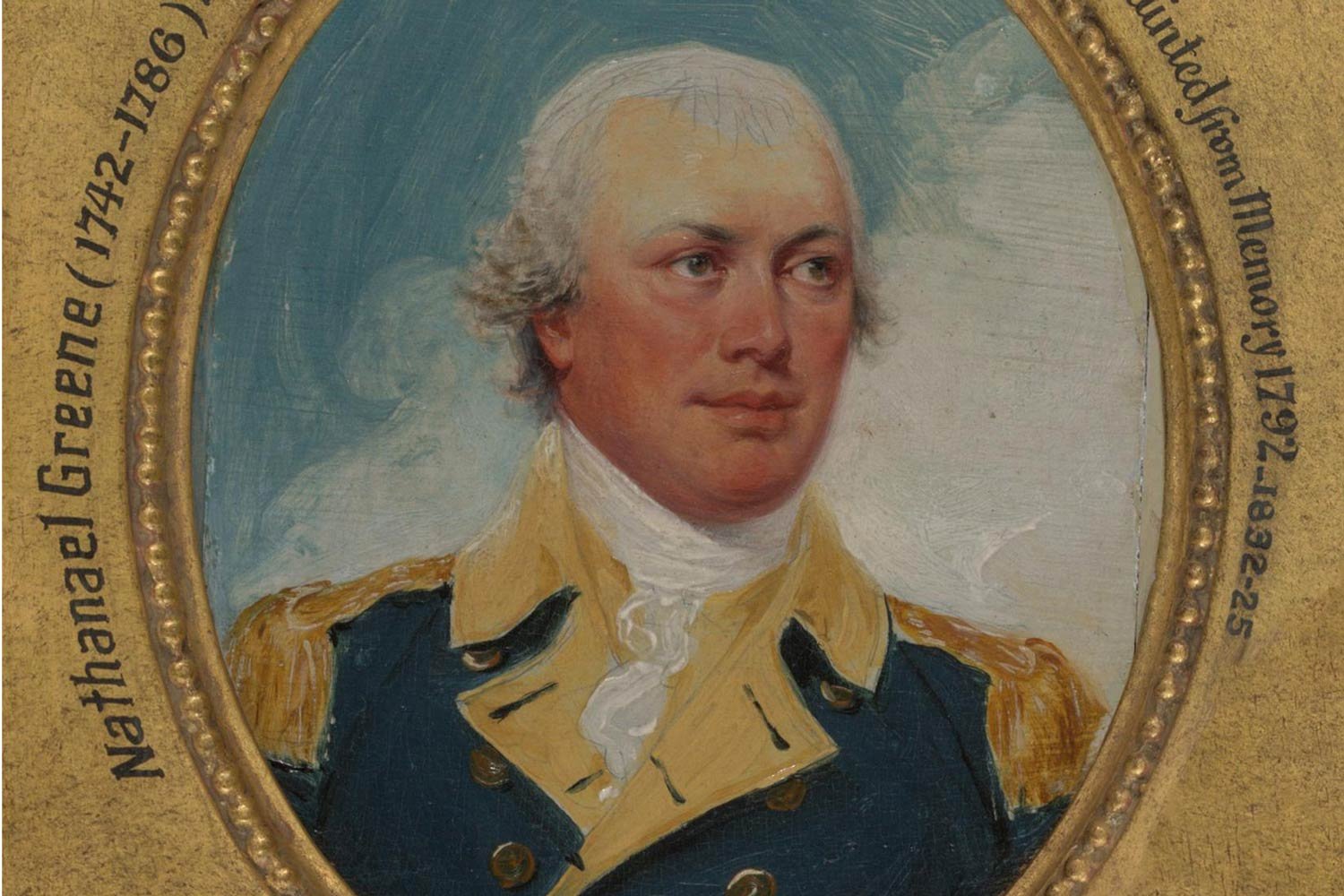


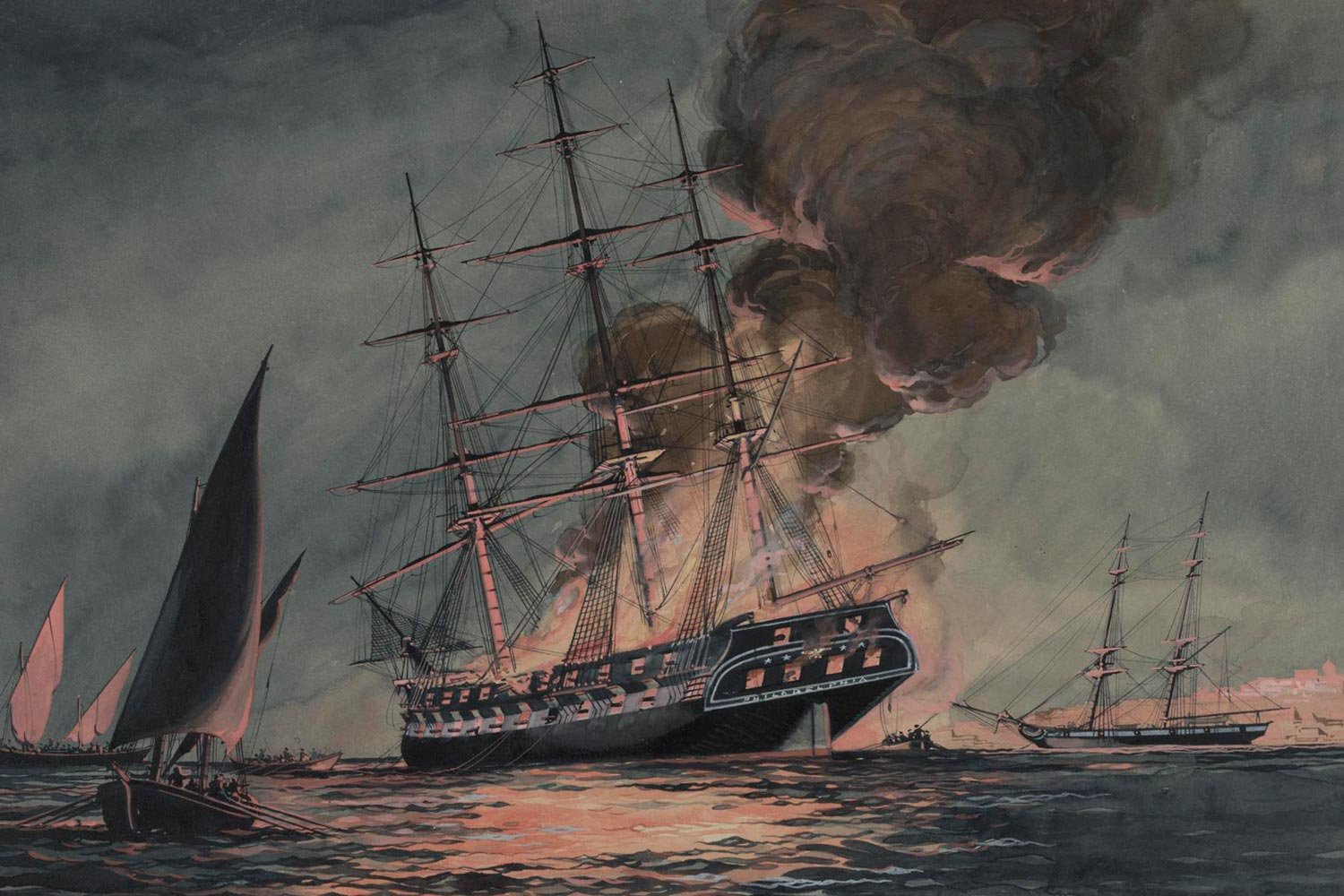
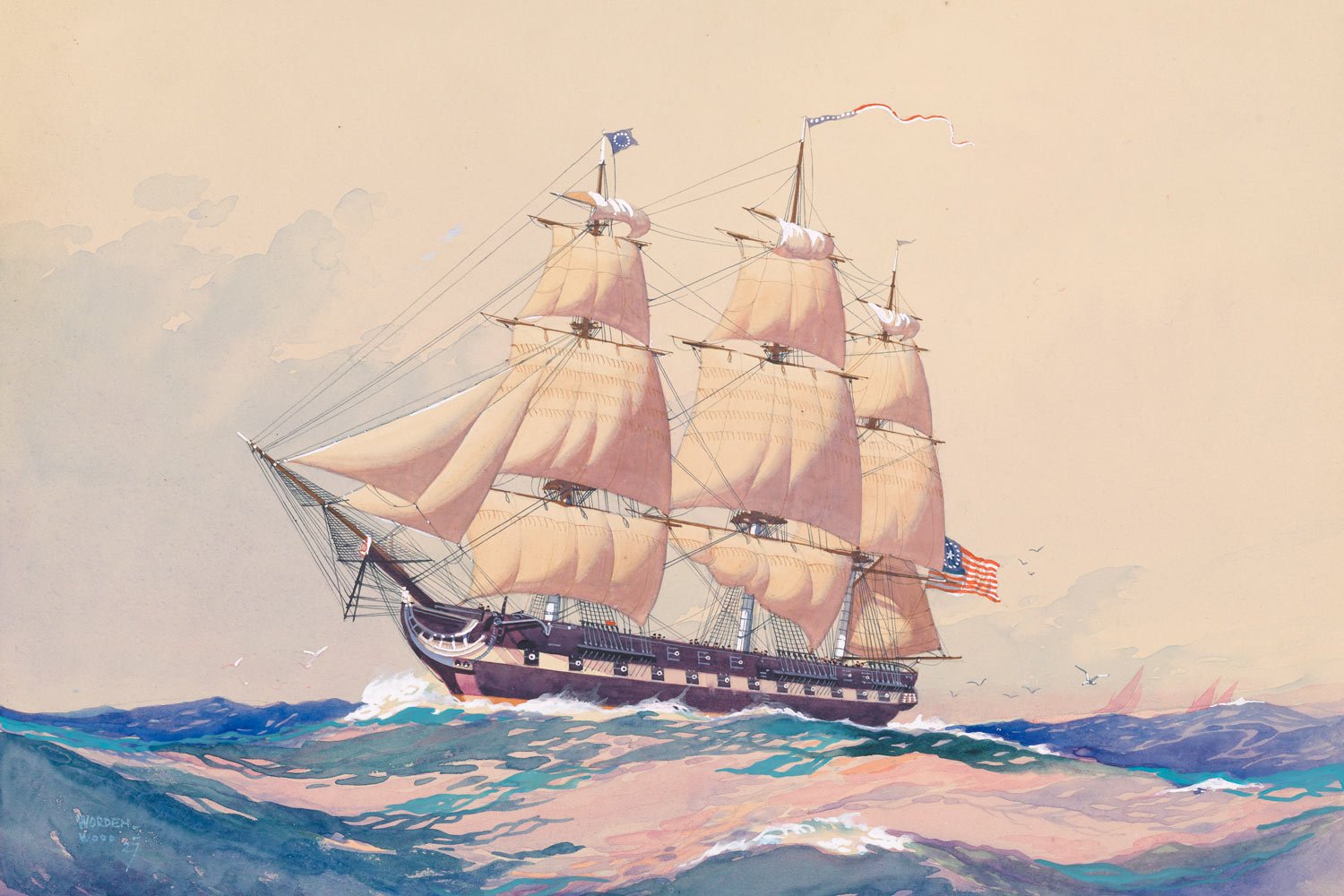


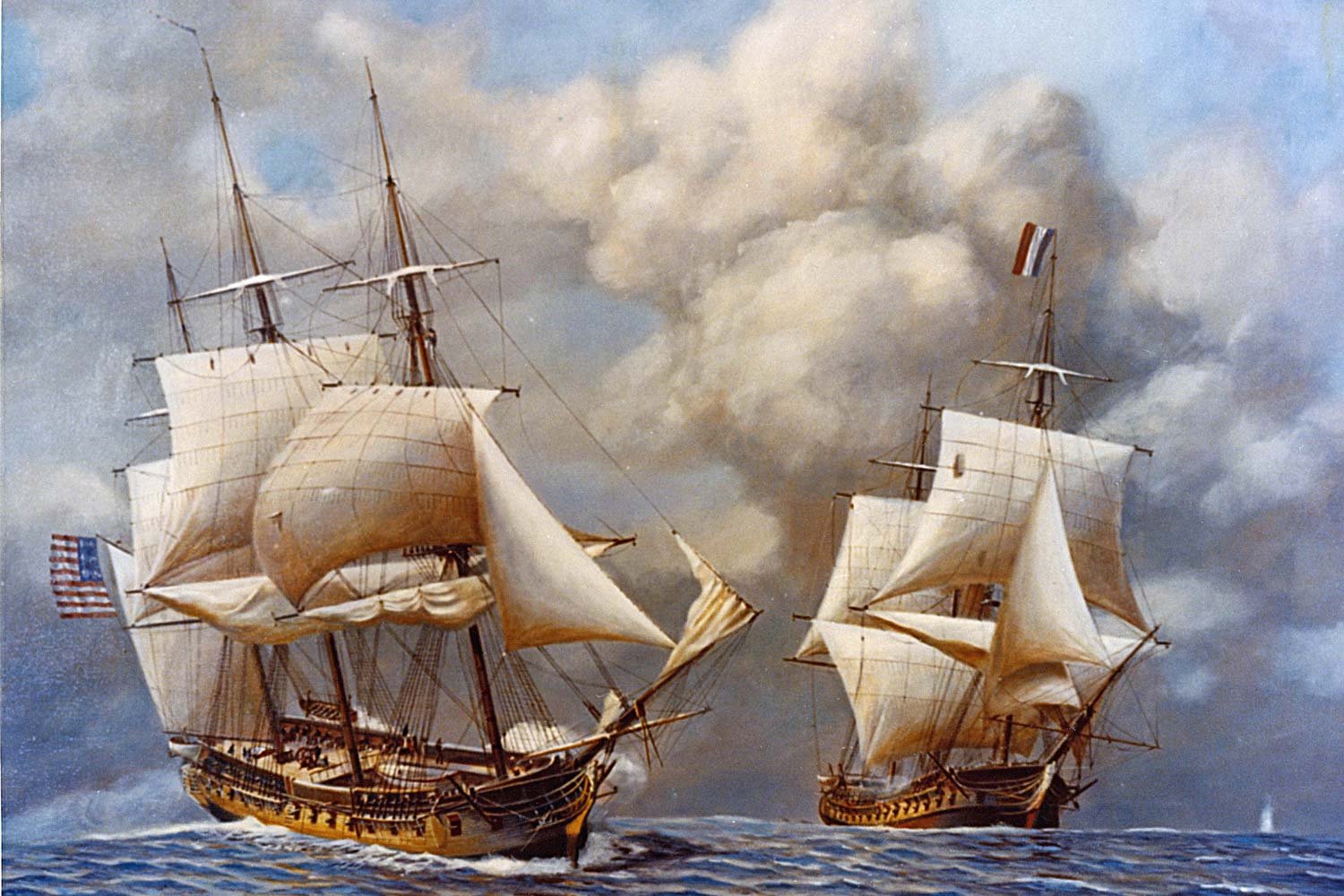
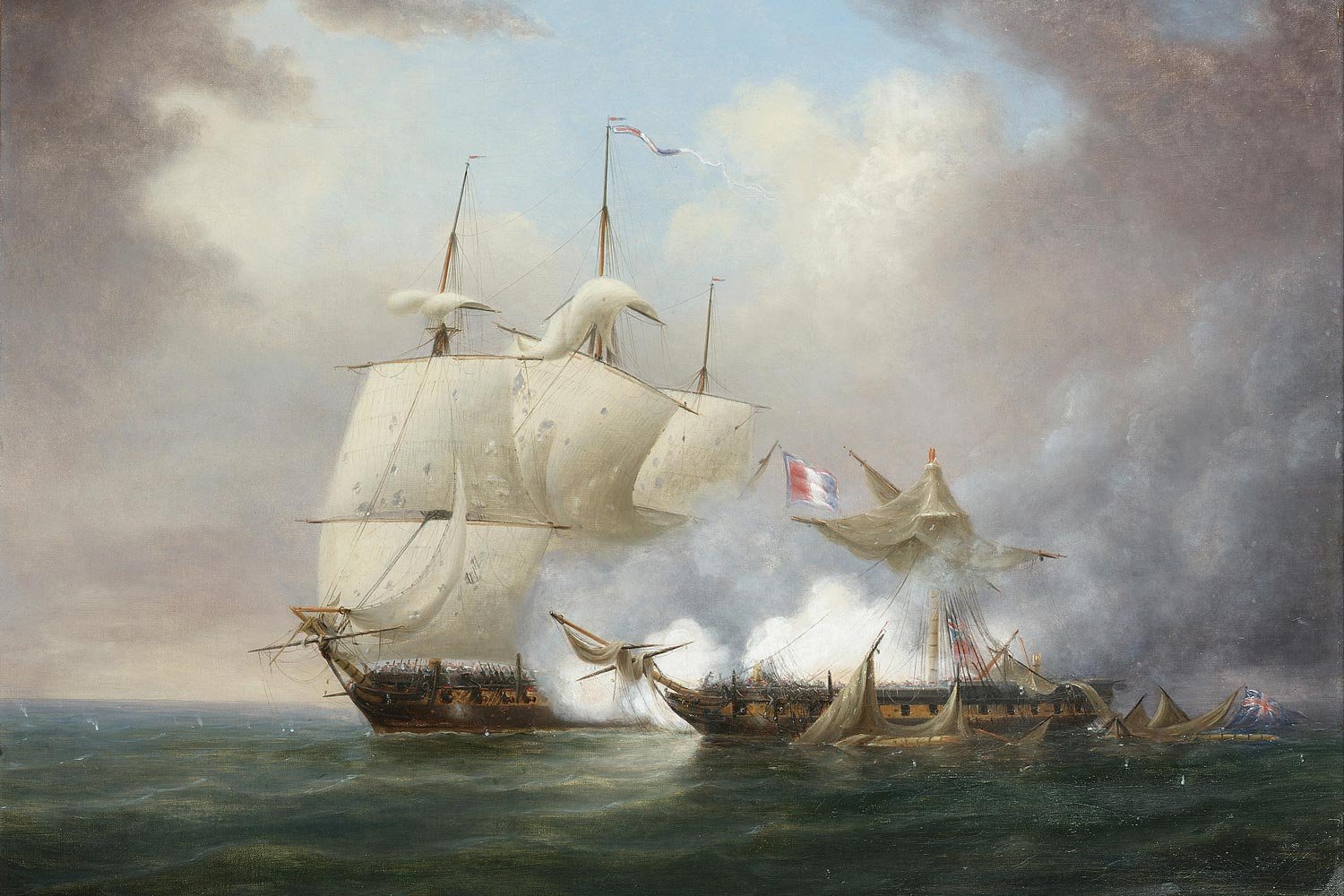
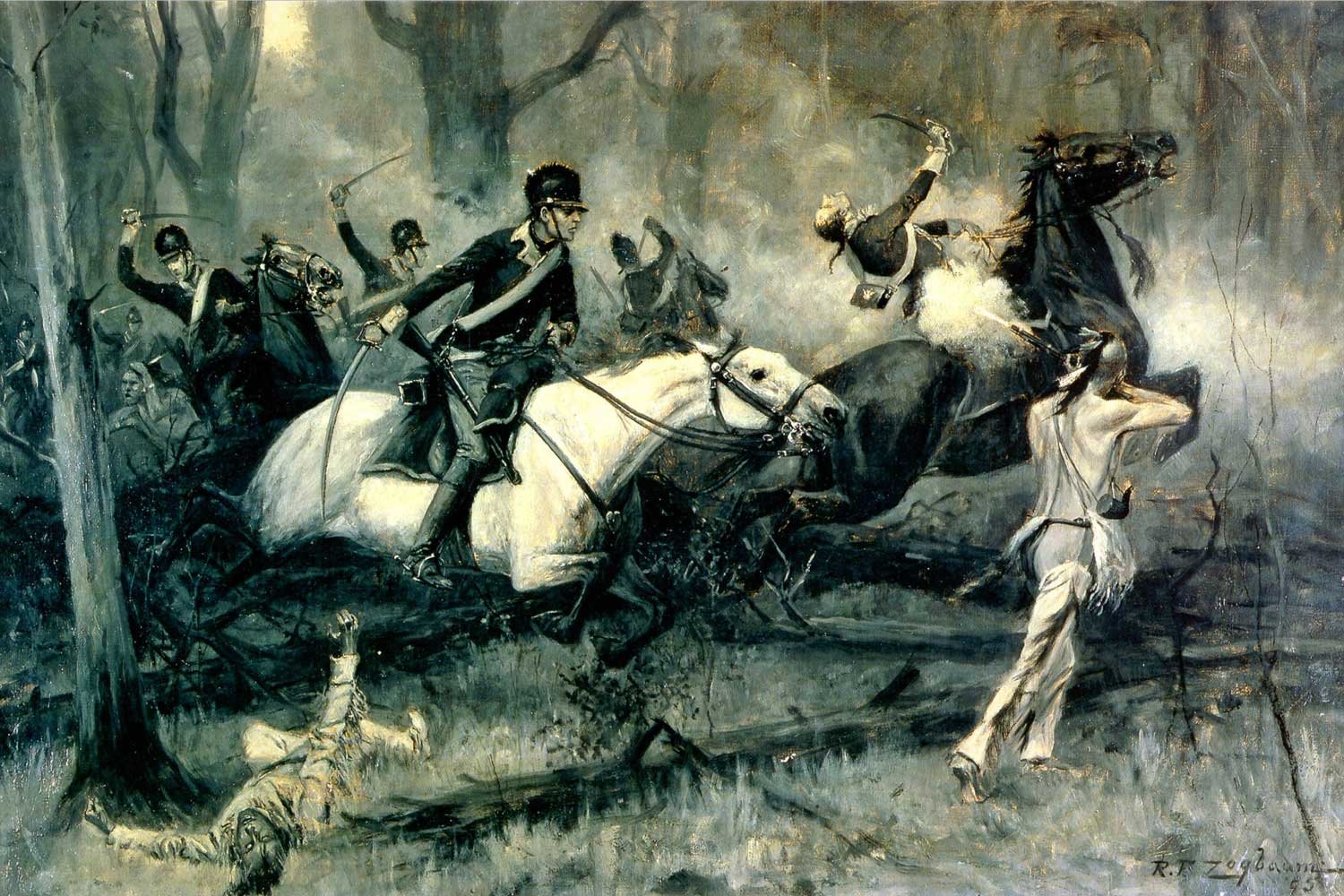
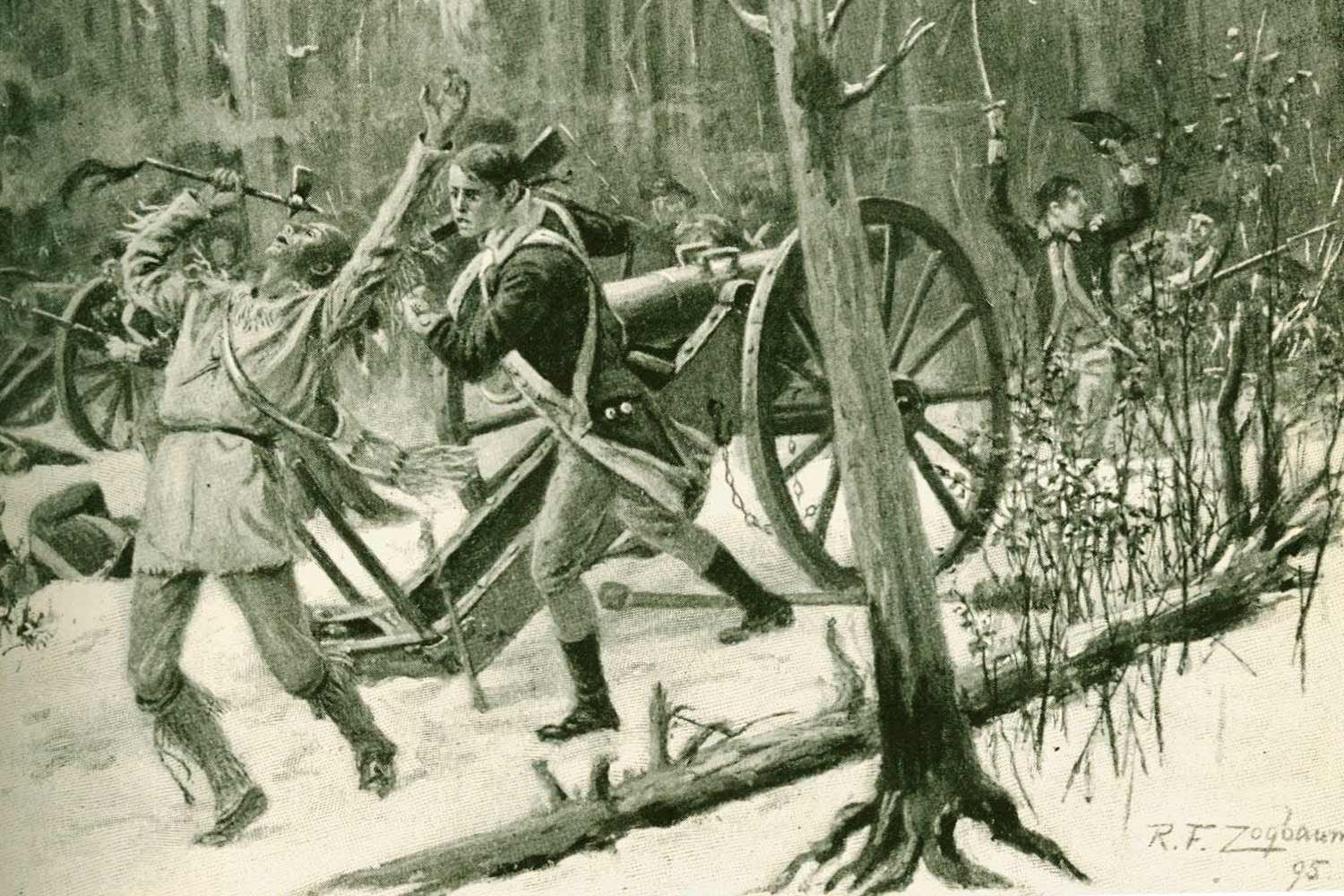
Commodore Edward Preble assembled his considerable American fleet just outside Tripoli harbor in August 1804, determined to punish the city and its corsairs, and force Yusuf Karamanli, the Dey of Tripoli, to sue for peace.